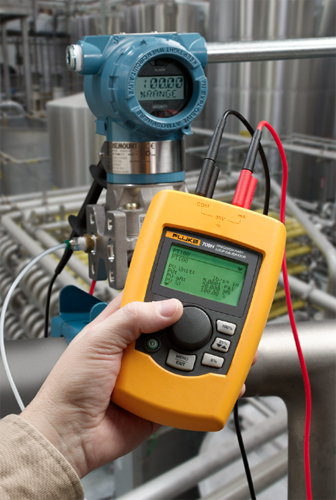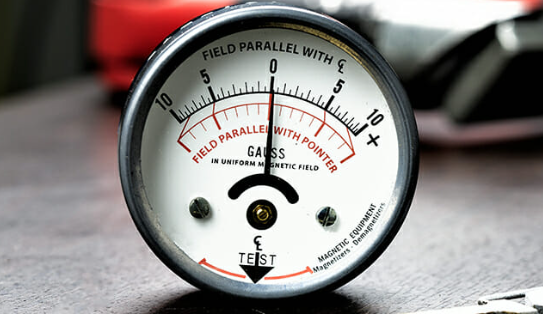
Energy
Meter Calibration
• Energy meter calibration is a process used to eliminate
errors during energy measurement.
• Errors in an energy meter can be caused by current errors,
voltage transformers, and crystal oscillators.
• The energy meter is designed with specified
characteristics and parameter constants.
• The number of revolutions in the energy meter disc is 10
for n joules of electric energy in the characteristic constant.
• The energy (E) is calculated from m using the equation:
E=10m^n^J.
• If the energy calibrated for the 10 revolutions is equal
to the energy consumed by the load for that amount of time and revolution, the
energy meter has no error.
• The loads applied to the energy meter are placed under
variation and the time taken for 10 revolutions is estimated using a stopwatch
and recorded.
• Parameters such as current and voltages are observed using
necessary equipment and tabulated as recorded.
• The percentage error is computed when the meter is under
various electric loads.
• The error calculated in percentage can be negative or
positive. If the limit is outside the desired option, the error range needs to
be adjusted.
• The energy meter calibration procedure involves connecting
the circuit, checking the meter-rated voltage, confirming the current coil is
connected in series with the electric load, and recording the current, voltage,
and time for the particular disc revolution.
• Calibration precautions include never making a loose
connection to the meter under calibration, not having any physical contact
between the observer and the calibration circuit terminal, and connecting the
energy meter to the electric load for about 15 minutes before taking any
reading.
• Energy meter calibration offers several advantages,
including data traceability and reporting, equipment maintenance, reliable data
output, and reduced energy cost and profitability.




